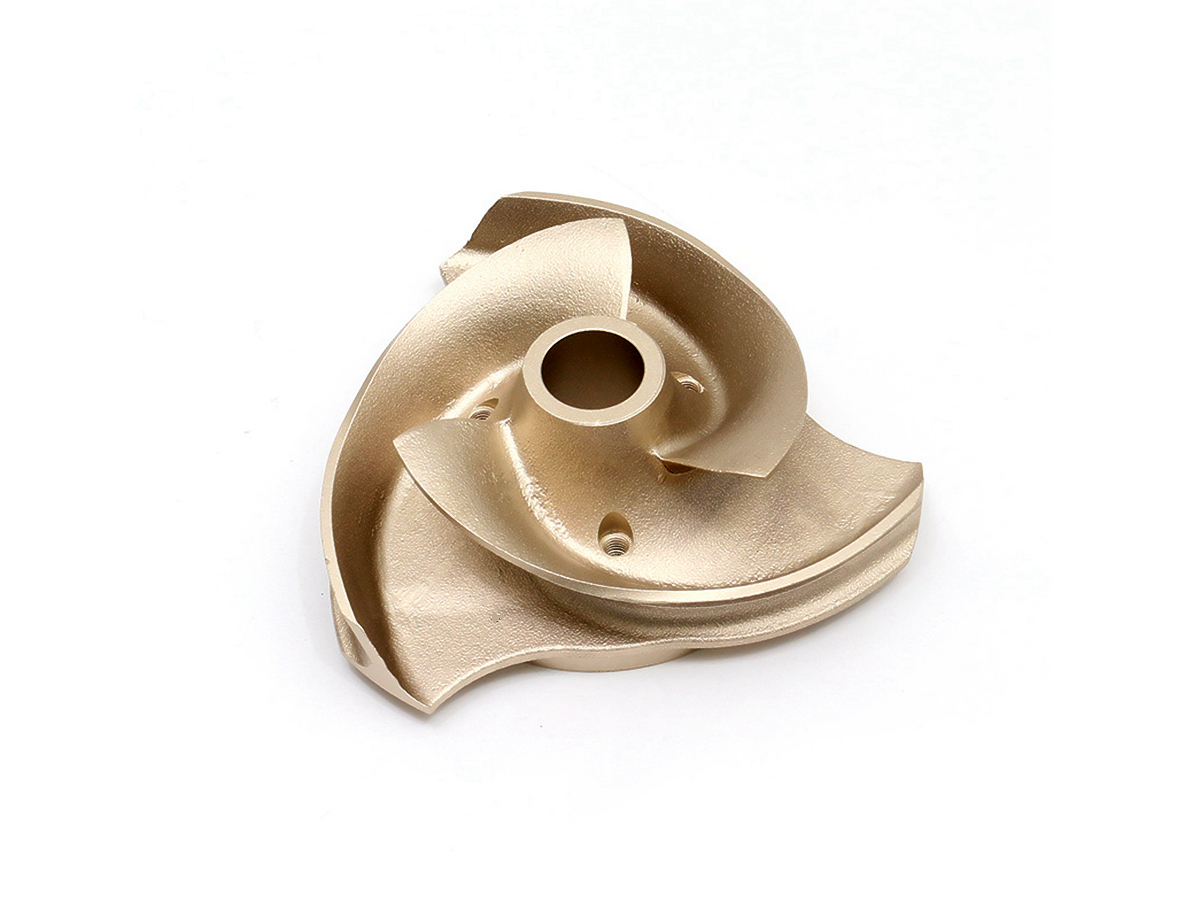Sand Casting in Oil and Gas: Delivering Durable Components for Reliable Energy Production
Introduction
The oil and gas industry operates under some of the harshest conditions imaginable, from extreme temperatures and high pressures to corrosive environments. These demanding operational conditions require equipment and components that are exceptionally durable and reliable. Sand casting, with its proven ability to create strong, high-integrity metal parts, has become an essential manufacturing process for producing robust components vital to oil and gas operations.
Sand casting is particularly well-suited to meet the industry's stringent standards by offering unmatched flexibility in design, material selection, and large-scale production capabilities. This adaptability ensures the consistent delivery of dependable components critical to safe, efficient, and reliable energy production.
Why Sand Casting is Essential for Oil and Gas Components
Equipment reliability is crucial in the oil and gas industry, as downtime due to component failure can result in significant economic losses and safety risks. Sand casting effectively addresses these concerns by producing components with superior structural integrity, resistance to corrosion, and the ability to withstand high-pressure conditions.
The sand casting process allows manufacturers to create highly customized and intricately designed parts without excessive tooling costs. This capability is invaluable in an industry where precision, durability, and equipment customization are mandatory for operational success.
Key Materials Used in Sand Casting for Oil and Gas Applications
Selecting the right material for oil and gas applications significantly impacts component performance. Typical materials utilized in sand casting for this industry include:
Carbon Steel: Widely used for its excellent tensile strength (400–750 MPa) and affordability, carbon steel is ideal for structural and pipeline components exposed to mechanical stresses.
Stainless Steel: Offering remarkable corrosion resistance and strength, stainless steel withstands harsh environmental conditions prevalent in offshore and subsea operations, with tensile strengths reaching up to 1,100 MPa.
Nickel-Based Alloys: Ideal for extreme environments, these alloys exhibit excellent corrosion and oxidation resistance with hardness exceeding 300 HV. They are particularly suited for components exposed to high temperatures, corrosive fluids, and severe operational pressures.
Aluminum Alloys: Although lighter, aluminum alloys offer valuable corrosion resistance and good mechanical properties (200–350 MPa tensile strength), making them suitable for lighter components where reduced weight is beneficial.
These carefully selected materials help ensure optimal performance and extended service life in oil and gas applications.
Surface Treatments Enhancing Durability of Oil and Gas Components
Surface treatments are often employed to maximize the lifespan and reliability of sand-cast components. Key treatments beneficial for oil and gas components include:
Black Oxide Coating: Offers enhanced corrosion resistance, wear protection, and improved appearance for steel components.
Galvanizing: Zinc coating provides outstanding protection against rust and corrosion, ideal for offshore environments.
Electropolishing: Reduces surface roughness and enhances corrosion resistance, making stainless steel parts easier to maintain and prolonging their service life.
Chrome Plating: Increases surface hardness, wear resistance, and corrosion protection, suitable for components subject to friction and abrasive conditions.
These surface enhancements improve component durability, safety, and longevity in harsh oil and gas environments.
Advantages of Using Sand Casting in Oil and Gas Production
Sand casting offers significant advantages in the oil and gas sector, including:
Design Versatility: Easily accommodates intricate shapes, large sizes, and customized features necessary for oil and gas equipment.
Cost Efficiency: Lower initial investment and scalability from prototyping to mass production, resulting in significant economic benefits.
Material Flexibility: Supports casting of a diverse array of metals, allowing engineers to select optimal materials for specific environmental and operational conditions.
Rapid Production Capabilities: Enables quick turnaround times, which are crucial for maintaining operational efficiency and responding promptly to industry demands.
Enhanced Component Reliability: Produces robust, defect-free components, reducing the likelihood of unexpected failures and downtime.
Considerations in Production of Sand-Cast Oil and Gas Components
Ensuring optimal performance of sand-cast parts requires careful management of production factors, including:
Precise Mold Design: Critical to achieving dimensional accuracy, strength, and defect prevention (porosity, shrinkage) in finished parts.
Rigorous Quality Control: Utilizing advanced inspection techniques such as ultrasonic testing, X-ray imaging, and dimensional checks to ensure reliability and compliance with stringent industry standards.
Material Specification and Control: Carefully select and verify materials to meet or exceed strength, corrosion resistance, and durability requirements.
Controlled Casting Processes: Managing casting variables (pour temperature, cooling rate, mold preparation) to maintain consistent, high-quality outcomes.
Appropriate Surface Treatment Selection: Choosing treatments that effectively protect components from environmental challenges and operational stressors.
Typical Oil and Gas Components Manufactured by Sand Casting
Common components produced through sand casting for oil and gas applications include:
Valve Bodies and Housings: Critical components requiring precision, strength, and corrosion resistance for safe fluid control.
Pump Casings and Impellers: Durable, wear-resistant parts essential for high-pressure fluid handling operations.
Compressor Components: Structurally robust parts necessary for maintaining pressure stability in gas transport and processing.
Pipeline Fittings and Connectors: Precision-cast parts ensuring leak-free connections in pipeline systems.
Subsea Equipment Components: Highly corrosion-resistant components specifically engineered for demanding subsea environments.
Conclusion
Sand casting has become indispensable in the oil and gas industry, enabling the production of reliable, durable, and high-performance components essential for safe and efficient energy production. Its design, materials, and scalability versatility will continue to position sand casting as a key manufacturing solution in this demanding field.
Related FAQs:
Why is sand casting ideal for the oil and gas industry?
What materials are commonly used in sand-cast oil and gas components?
How do surface treatments enhance component reliability in oil and gas operations?
What are the typical oil and gas components produced using sand casting?
What considerations ensure high-quality sand-cast components for oil and gas applications?

